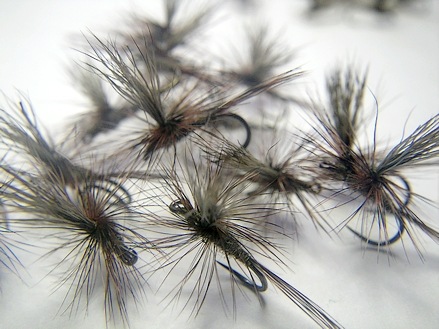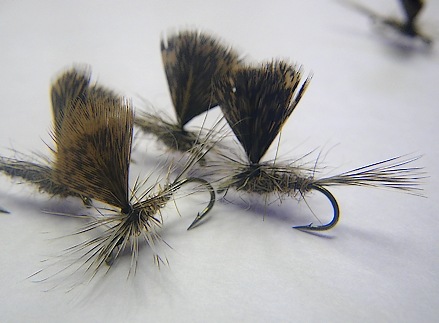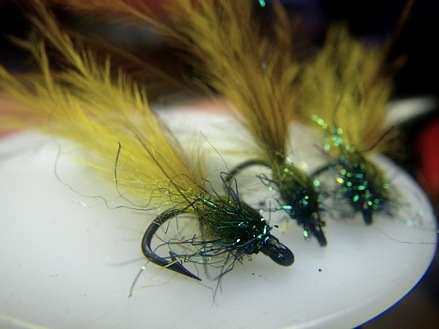As much as we’d like it to warn us, great flies have no aura about them when removed from the vise, no halo to clue its creator to cease embellishment, as his creation will be the bane of local gamefish for the next couple of decades.
We’ve taken it for granted we can spot fishy potential and great colors, most of us have fly boxes bulging with imitation bug parts, gooey soft textures, and colors dripping with authenticity.
The fact we carry so many is clue that we really can’t tell what a fish thinks, likes, or eats.
To remind me that I know nothing of fish vision, let alone what stimulates taste, I would add special flies to my driver’s side sun visor. Flies that caught 20” fish and those whose consistent greatness had earned them a place in what would become a testimonial to what large wary fish preferred …
… and why gooey textures, feelers, and bug parts didn’t appear in any of the really successful flies, most of which didn’t even look buggy to my eye.
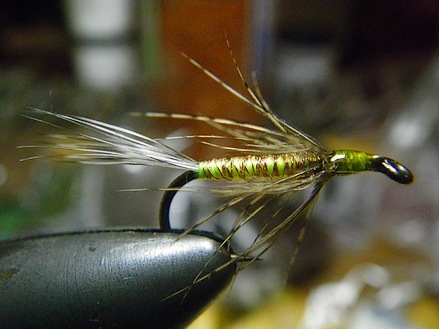
Chartreuse floss body overwrapped with fine copper wire, no particular pattern – just lay on forty turns until about half the chartreuse has been covered. Two turns of dark partridge hackle and a grizzly tail completes this unknown work.
… no eyeballs, no individual legs, and a primary color that you’d be hard pressed to find in Mother Nature…
No name that I can remember, given to me by a client that swore by it, and after my lip curled uncontrollably, I let him try it just so he’d stop fidgeting with his flies and start fishing all my better ideas.
… fortunately we didn’t need any of my flies.
Tied in sizes from #10 – #14, he mentioned how he’d assumed the fish ate it as a green caddis.
As I’ve recently unearthed the box of flies I removed from that visor, I figured to share some of the nameless patterns you’ll never see in any fly shop, just to give those that are struggling with invention a glimpse of pure death – and how little refinement and entomology is really needed.

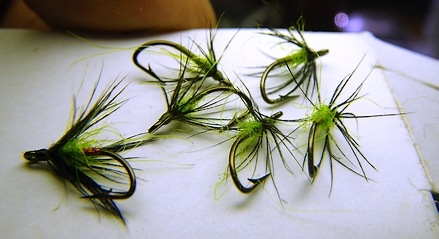
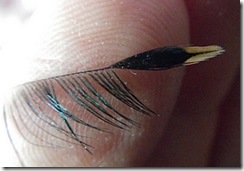
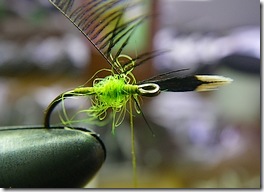
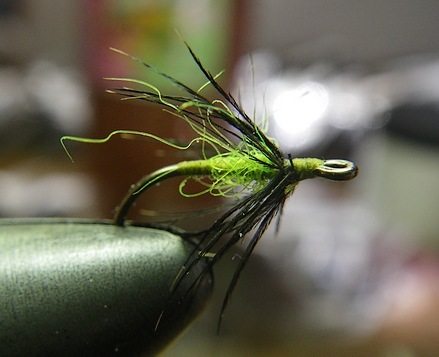
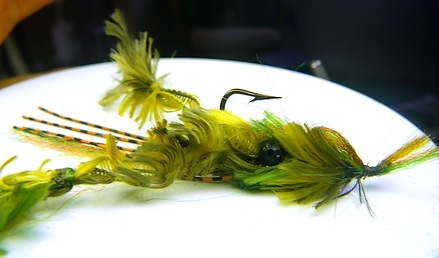
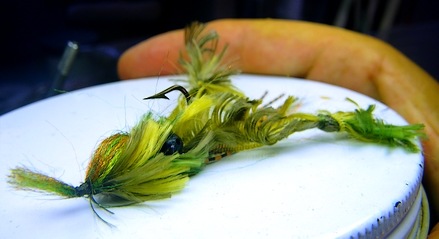
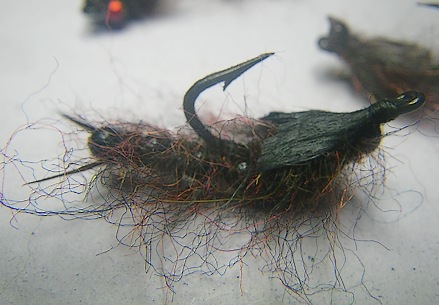
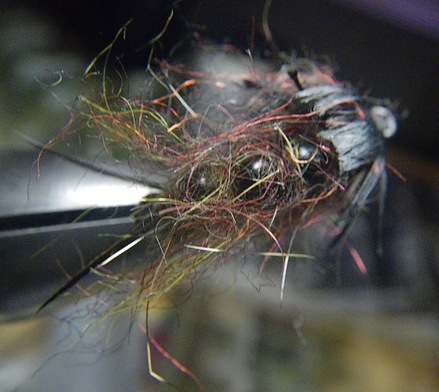

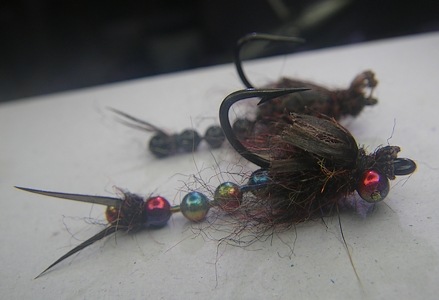
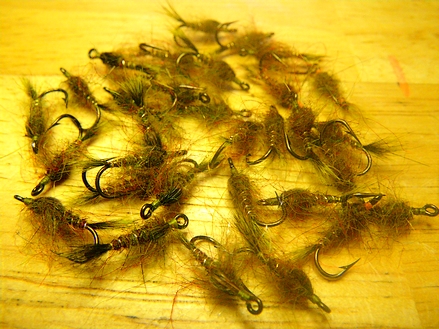

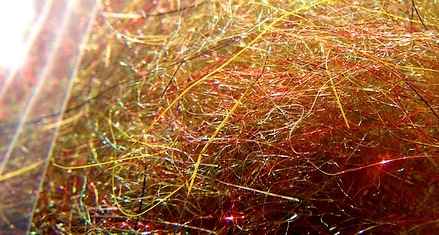
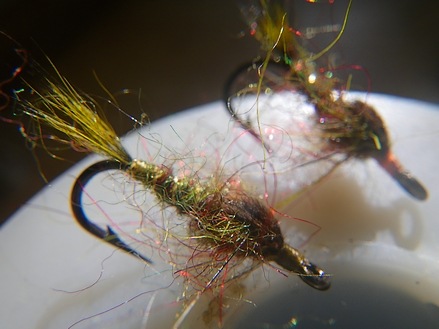
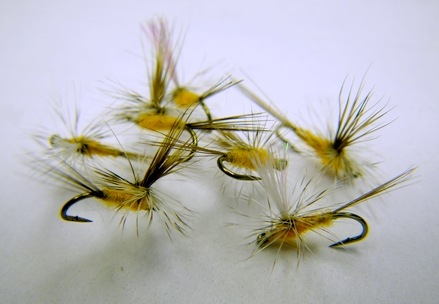
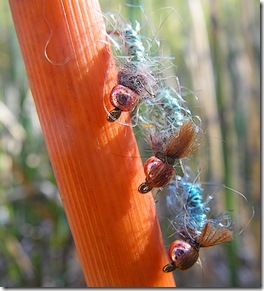
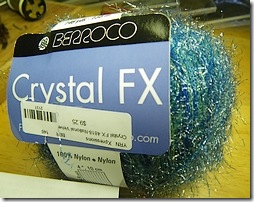 That was as much science as I contemplated, as the fish were eating it fast and furiously, and Kelvin was fingering my box for spares.
That was as much science as I contemplated, as the fish were eating it fast and furiously, and Kelvin was fingering my box for spares.